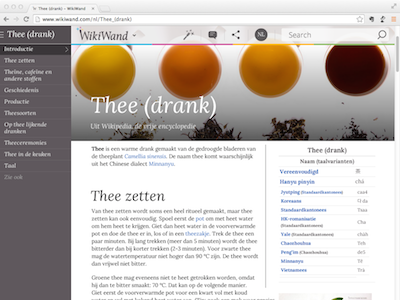My setup has been the same since quite a few years now: I have a Keepass file on Dropbox, and I use several different applications and apps on multiple devices to access and update that file. Which applications, you ask?
On my Macs as well as on my Xubuntu machines I will use Keeweb. Despite its name, it gives you a desktop application that natively accesses (and syncs) files on Dropbox. This is the application I go to for when I want or need to reorganise the Keepass file, e.g. to rearrange groups or import lots of account data.
I would use Keeweb on a Windows PC as well – if I had one. At work, we have no free choice of which application to use to store passwords, but luckily we do have the “official” Keepass Password Safe at our disposal.
On Android my favourite Keepass app is called Keepass2Android. I will admit that I made that choice a few years ago, and haven’t checked on its competitors recently (are there competitors of note, by the way?). But it does what I need it to do; it accepts Dropbox as cloud storage and it will even merge changes from the local version and the Dropbox version when it detects differences between the two during the synchronisation process. That last one is a killer feature, and it hasn’t failed me a single time in the years I have been using it.
On iOS the situation is a little more complicated – at least, that how it feels to me. I wrote earlier about KeePassium, and that is still my app of choice. I like the interface, and it does all I need when I look for account info (you can store more than just passwords there!).

But in order to sync my central file on Dropbox, on iOS the app has to go through the “Files” app from Apple. Files-the-app is capable of showing files of all kinds on the iOS device, as well as the files on several cloud file systems, like Dropbox. What is less clear to me, however, is how quickly “Files” notices changes on Dropbox and picks up the latest version of my central KeePass file. I also have had trouble getting the latest version of my file (as changed on Android, for example) onto my iPhone. Although I must admit that the last few weeks fared better: I haven’t noticed anymore missing syncs lately. What I can’t say is whether the issue was/is with Files rather than KeePassium or even my internet connection…
Anyway, when it comes to passwords I want to be sure that I’m not missing any information – or worse: I don’t want to overwrite my updated central file with an older version on iPhone! That’s why I currently always check the “last updated on” date of my Dropbox file in Files before opening the file again. Of course my Dropbox account is protected with a password, but I don’t think that is what Andrei Popleteev means when he’s writing about “How to sync KeePassium with Dropbox“.
Manually checking the file date on iOS is not an ideal situation, I know, but to me that check is a small price to pay for the greater good of having my account data available on all the platforms I use! And for me, KeePassium is still the way to go on iOS.
Read Full Post »





 It took some time, but I did find the explanation: CF11 reserves the directory name ‘api’ for special treatment, so you can’t use it like any other directory name – and of course that was the name I had chosen!
It took some time, but I did find the explanation: CF11 reserves the directory name ‘api’ for special treatment, so you can’t use it like any other directory name – and of course that was the name I had chosen! 








You must be logged in to post a comment.